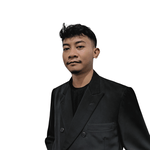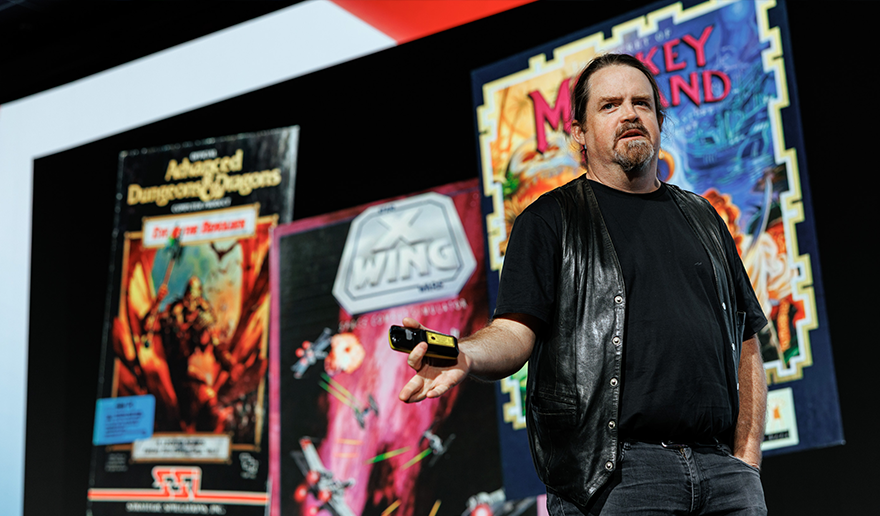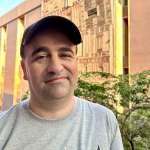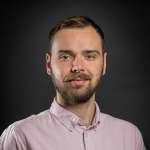Monitoring a Starlink Dish with Zabbix
Curious about keeping tabs on your Starlink internet performance? Whether you're off-grid or just love tracking your network performance, this post has you covered!

Aleksandrs Petrovs-Gavrilovs
Zabbix Certified Expert & Trainer
Latest articles

Saving Time with a Custom Zabbix Agent Installer

December 4, 2025
Handy Tips
When managing large-scale infrastructure, the process of installing monitoring agents is often repetitive and time-consuming. Administrators must log into each server, manually run installation commands, and configure the agent to connect to the Zabbix server. To address this issue, the Zabbix Agent Deployer custom module was created. This module enables the direct installation of Zabbix […]

Rizqi Firmansyah
PT Bangunindo Teknusa Jaya

Aruba Central API Monitoring with Zabbix

November 25, 2025
Handy Tips
Aruba Central is a SaaS solution that allows you to manage your Enterprise Aruba network environment. Due to the increasing number of cloud migrations, we can expect that more and more Aruba customers will move their on-premise environment to it, which will also mean a change in their monitoring environment. In this article, I will […]

Tibor Volanszki
System Engineer

Exploring the Human Side of Software with Dylan Beattie

September 9, 2025
Community
There are plenty of good reasons to attend Zabbix Summit 2025, but one of the most important is the fact that this year’s Summit will feature Dylan Beattie as a special guest speaker. A Software Development Consultant and Founder of Ursatile, Dylan is an international keynote speaker, and a long-time contributor to the open-source community. […]

Michael Kammer

Migrating from PRTG to Zabbix: A High-Level Guide

September 2, 2025
Community
For companies looking to migrate from PRTG Network Monitor to Zabbix, one of the most critical aspects is making sure a smooth migration of monitored devices and configurations. While there is no official tool to directly migrate between the two platforms, creating a bridge using custom export/import scripts allows for an effective and large migation. […]

Patrik Uytterhoeven
Open-source consultant and
Zabbix trainer at OICTS

Expand your Knowledge at Zabbix Summit 2025

August 26, 2025
Community
October is just around the corner, and that annual shift into Q4 can mean only one thing – it’s almost Summit time! Zabbix Summit 2025 will take place on October 8-10 in Riga, Latvia at the Radisson Blu Hotel Latvija, and it’s shaping up to be the perfect blend of established traditions and fresh approaches […]

Michael Kammer

Proxy Group Load Balancing with SNMP Traps

August 19, 2025
Case Study
The new Zabbix proxy groups provide us with a method to provide both redundancy and load balancing in our Zabbix proxy setups. However, one major limitation arises when we want to use SNMP traps with these new proxy groups – it isn’t natively supported at the moment. One of our customers asked me to find […]

Nathan Liefting
IT consultant & Zabbix Trainer at Opensource ICT Solutions

Zabbix at the Zhongnan University of Economics and Law

August 14, 2025
Case Study
Zhongnan University of Economics and Law (ZUEL), located in Wuhan City, Hubei Province, China, is a key university with two campuses – Nanhu and Shouyi. The school boasts over 20,000 full-time undergraduate students, more than 8,800 graduate students, and over 2,500 faculty and staff members. ZUEL enjoys an outstanding reputation in the fields of law […]

Michael Kammer

Running Zabbix with PostgreSQL and PG Auto Failover

August 12, 2025
Handy Tips
Running a monitoring platform like Zabbix in a production environment requires bulletproof availability at the database layer. Any downtime in PostgreSQL, even for seconds, can disrupt monitoring visibility, triggering blind spots in alerts and data collection.

Patrik Uytterhoeven
Open-source consultant and
Zabbix trainer at OICTS









